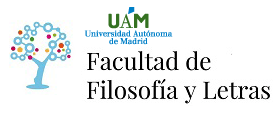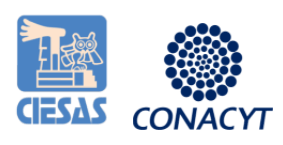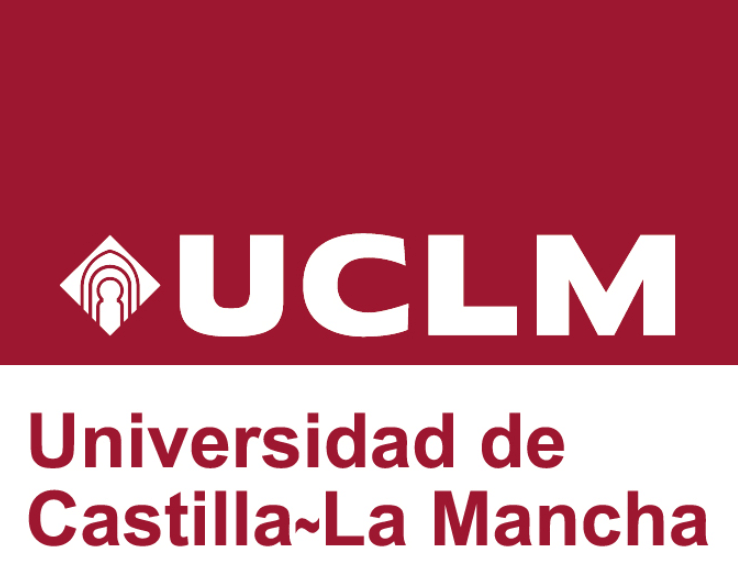Sintra was inscribed as a UNESCO site in 1995, described as a model of Romantic monumental and natural heritage. It includes classified religious sites, megalithic monuments, chapels, churches, bringing together ancient pagan religious traditions and elaborated 16th century church altars. One of them is the Convento dos Capuchos. Build in a very simple way, the convent materializes the ideals of the Order of St. Francis of Assisi: the search for spiritual improvement through alienation from the world and renunciation of the pleasures associated with earthly life. Other buildings in Sintra, on the opposite, are glamorous palaces, that the nobility used as summer or week-end houses, for sumptuous parties and gatherings. Since the creation in 2000 of the enterprise Parques de Sintra-Monte da Lua both palaces and monasteries were fenced out and subjected to the enterprise heritage management rules. This fact causes indignation of the former users of the space, who claim that such spaces belong to everyone and one should be able to use them freely. They defend the “magical aura” of Sintra, specially several New Age groups that use the serra for their rituals. This is a clear case where, although “religious” and “heritage” go hand in hand, this joint venture also causes tensions and disputes. These different heritage/religious regimes and the conflicts between the past austere and/or glamourous use of the spaces in contrast with present day uses will be analyzed, bringing to the fore the anthropological reflection on diverse perceptions of heritage and heritage regimes.









